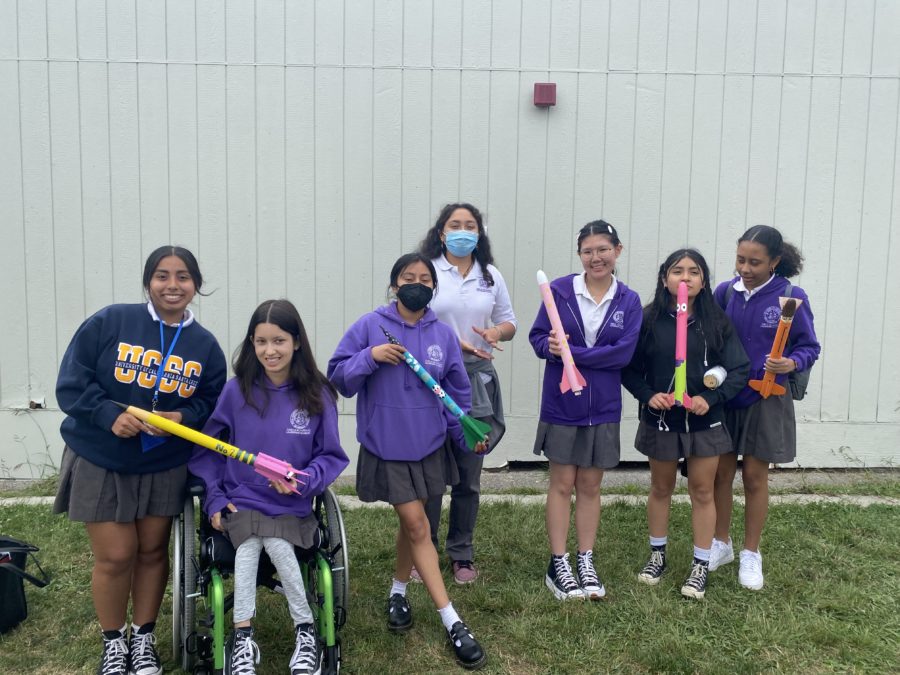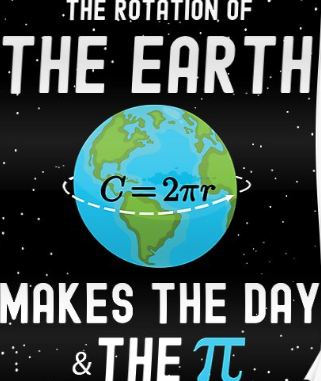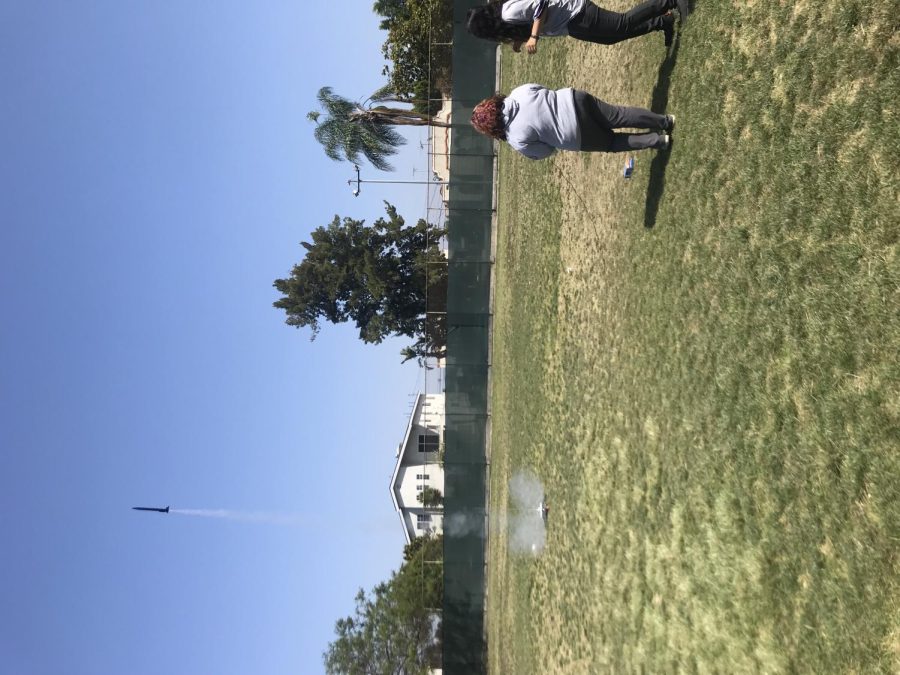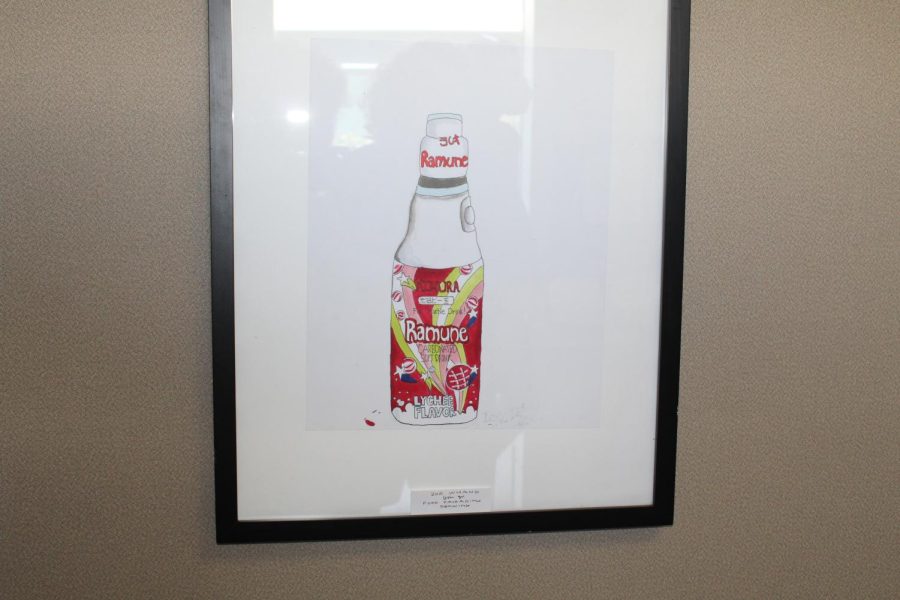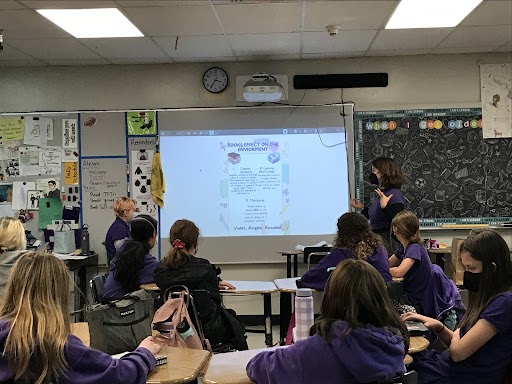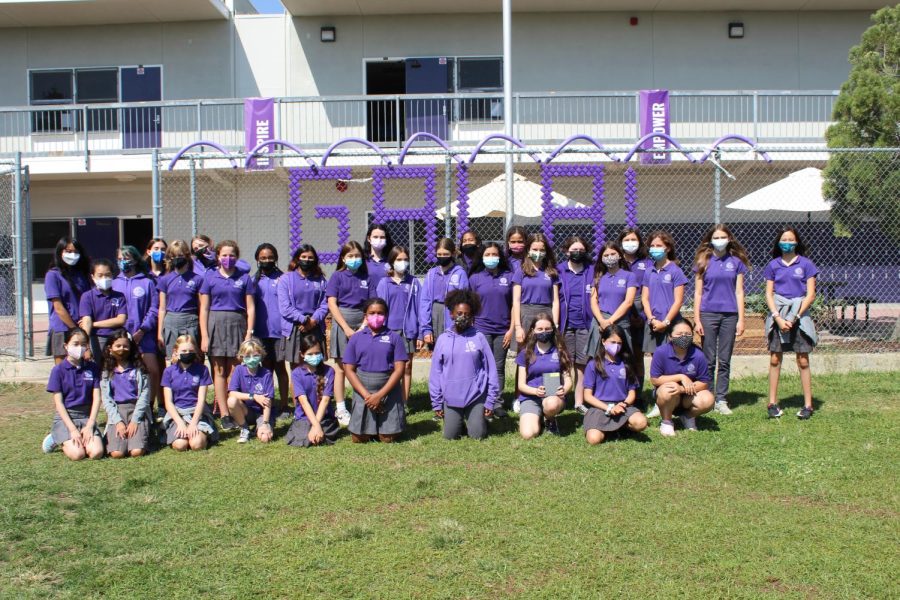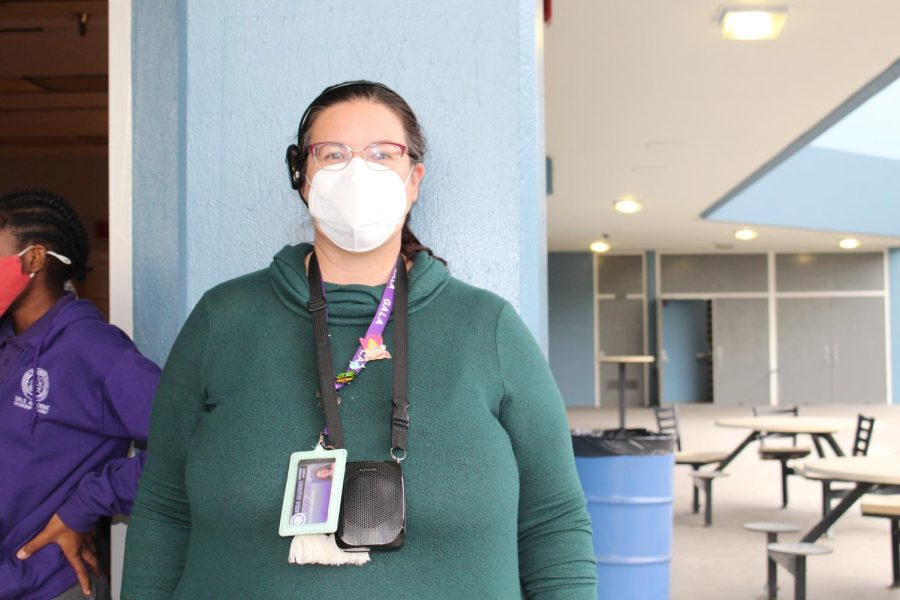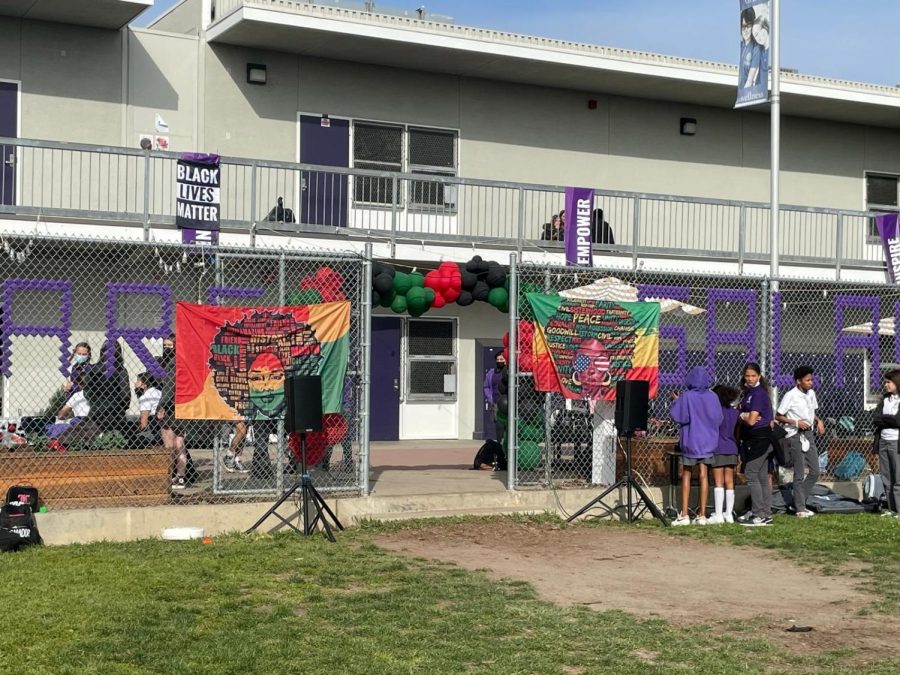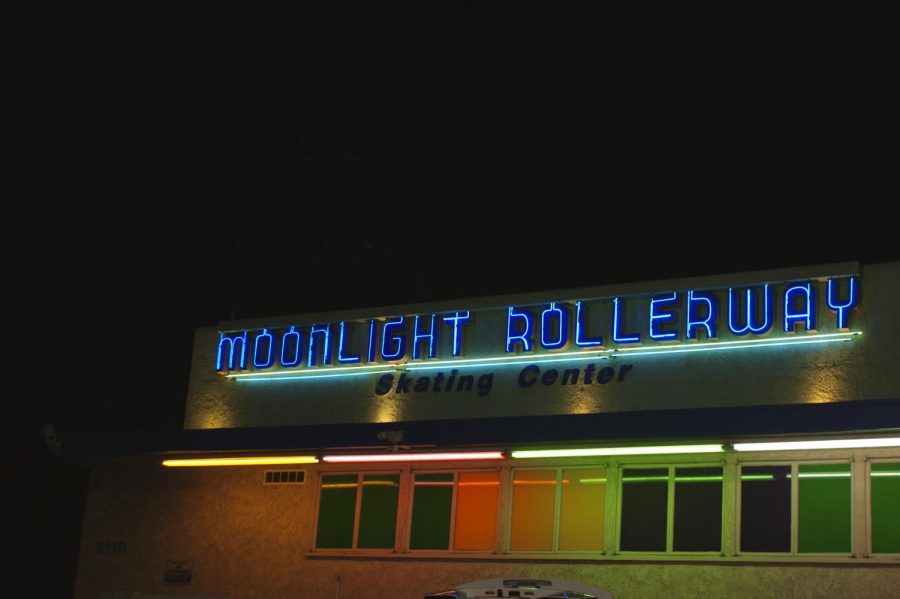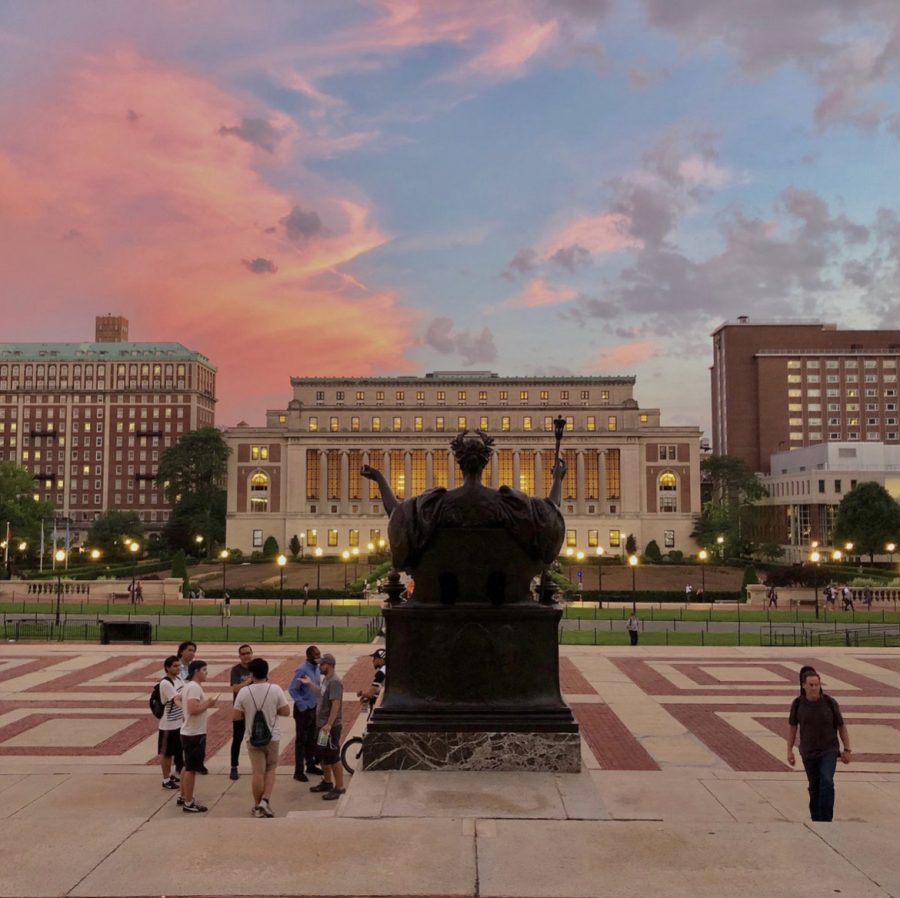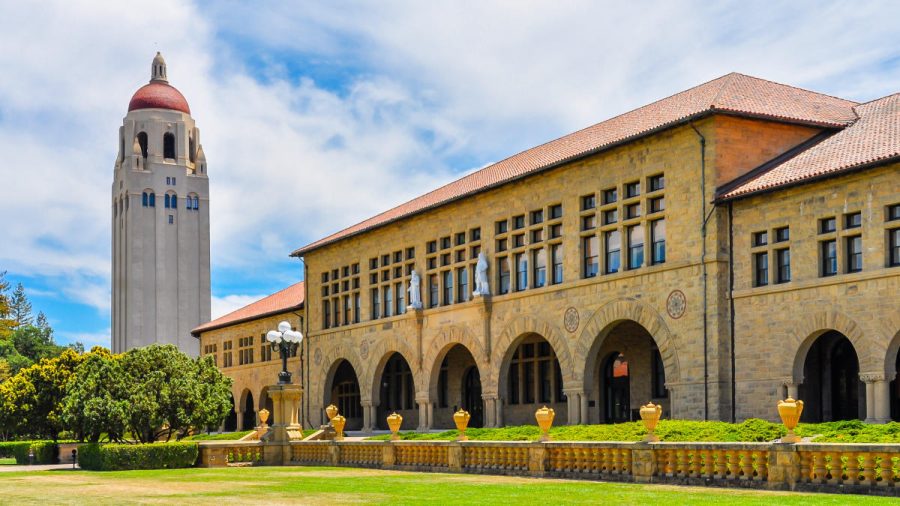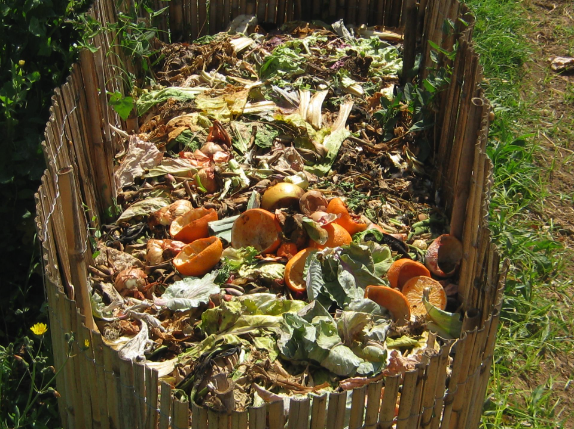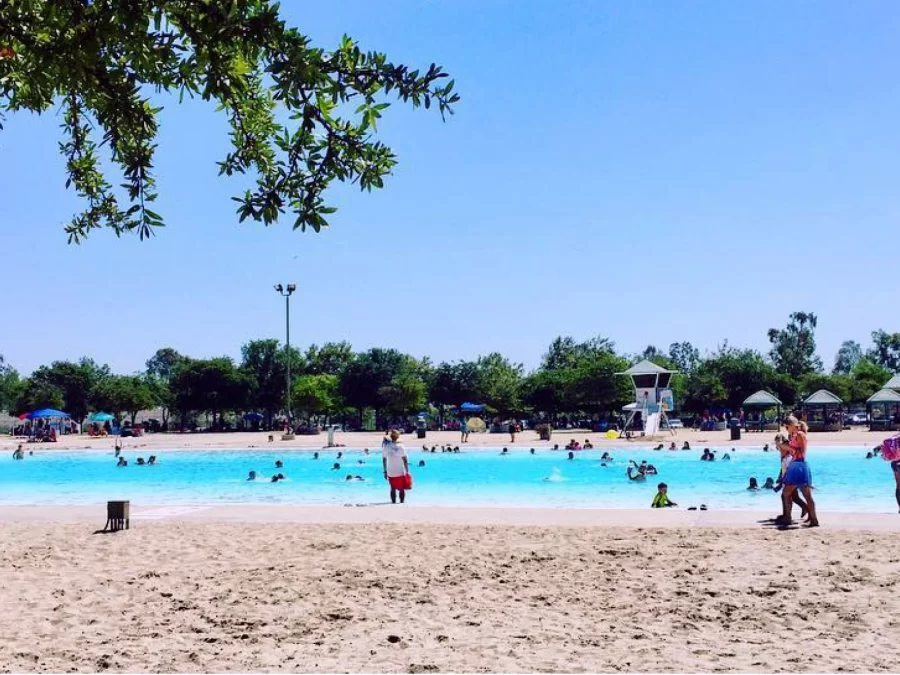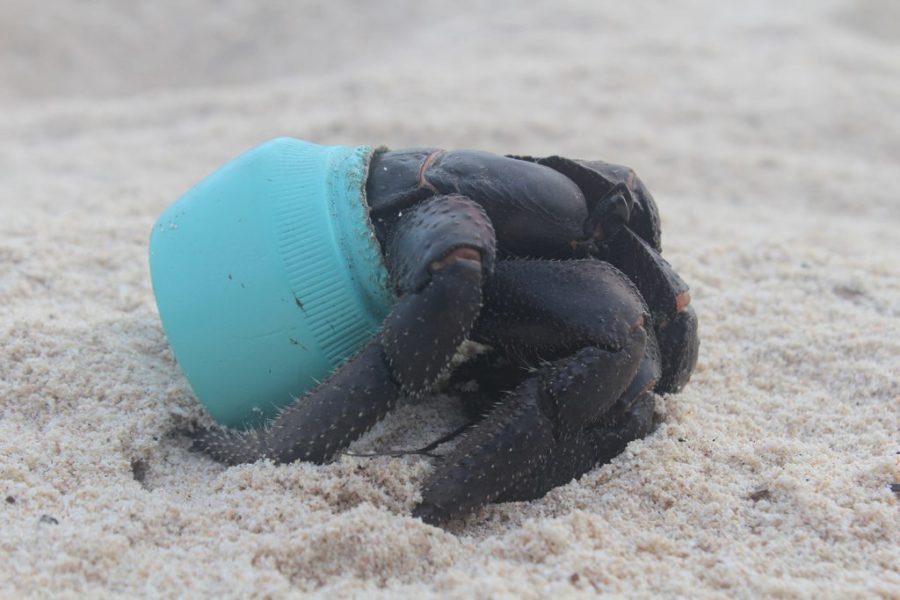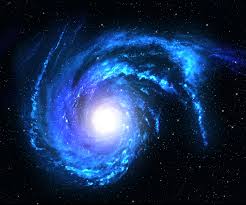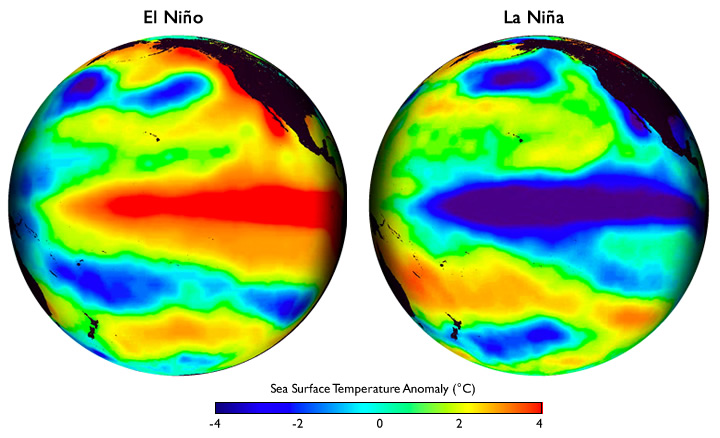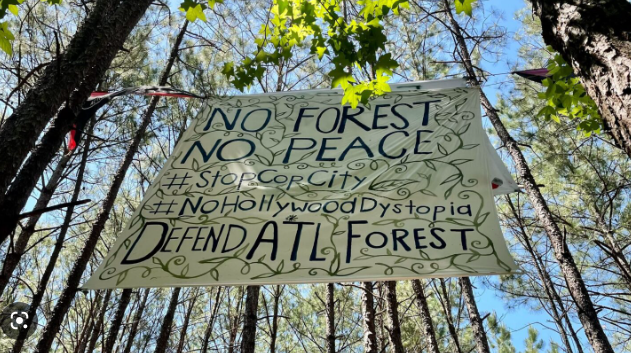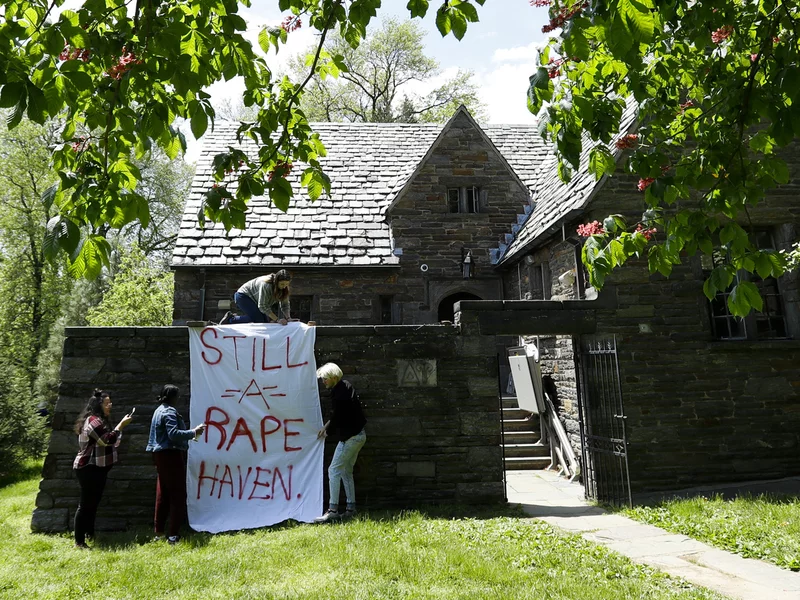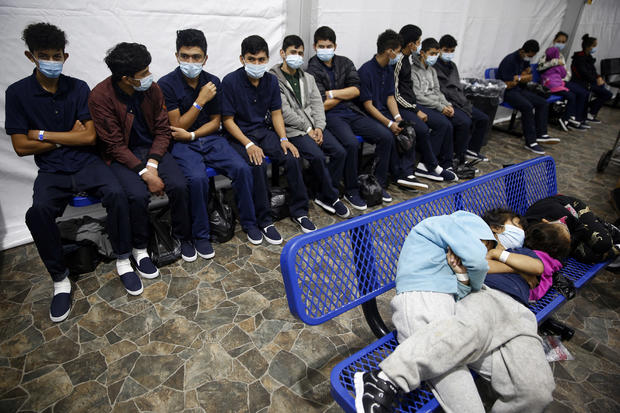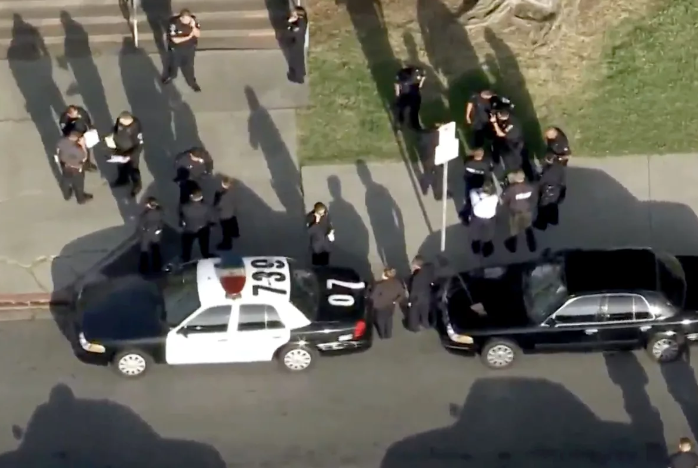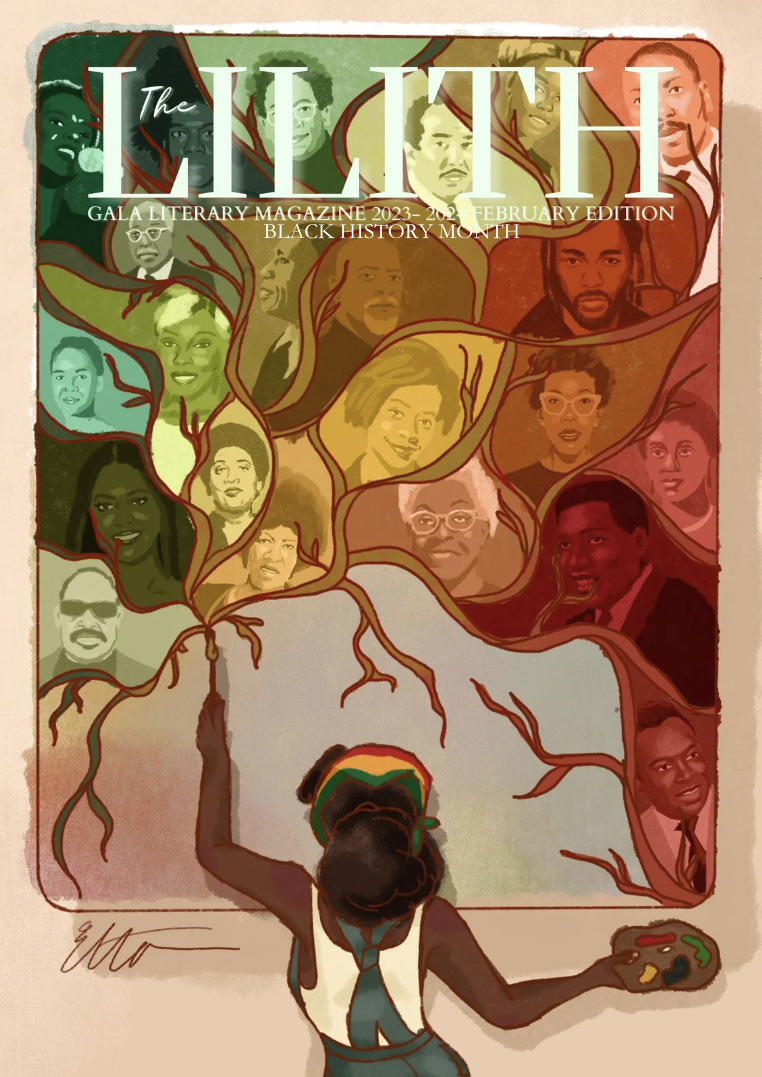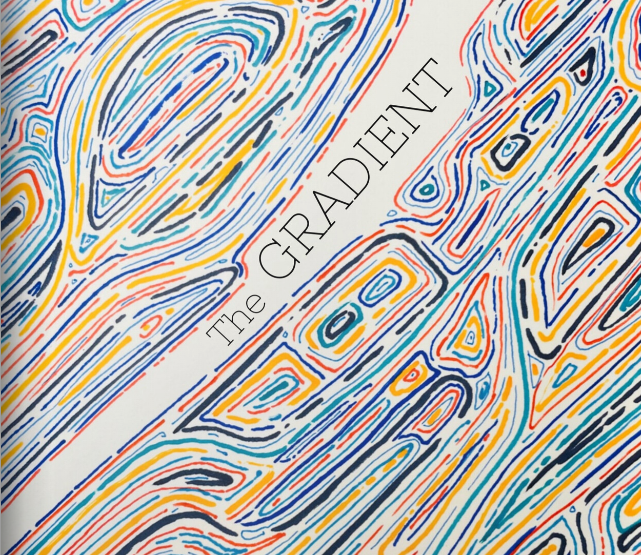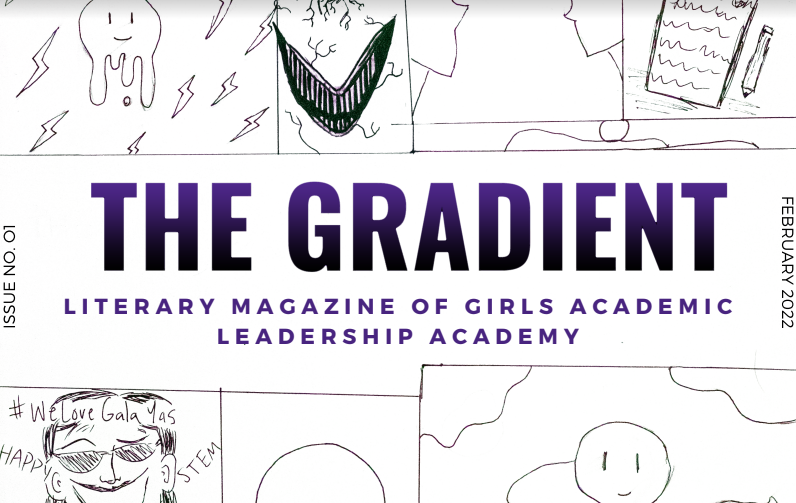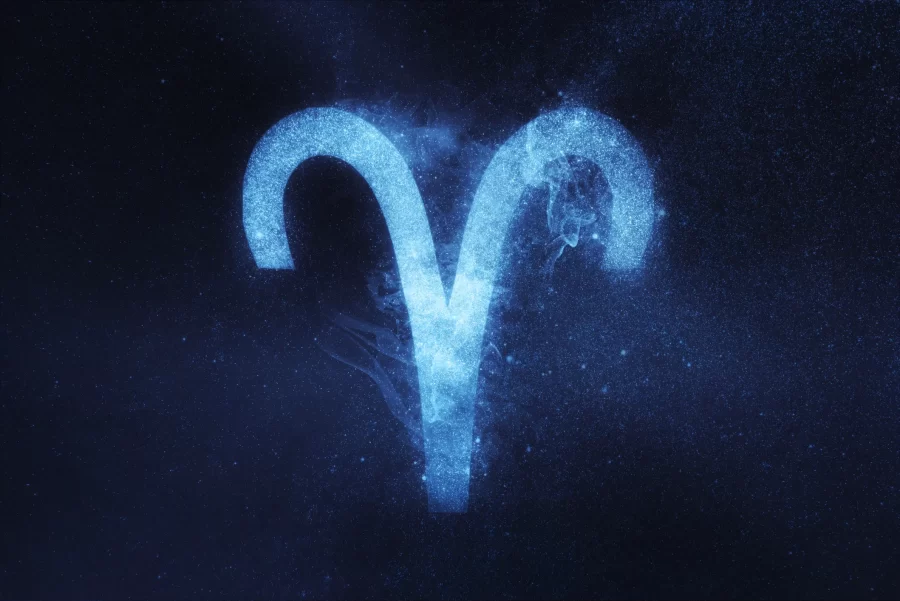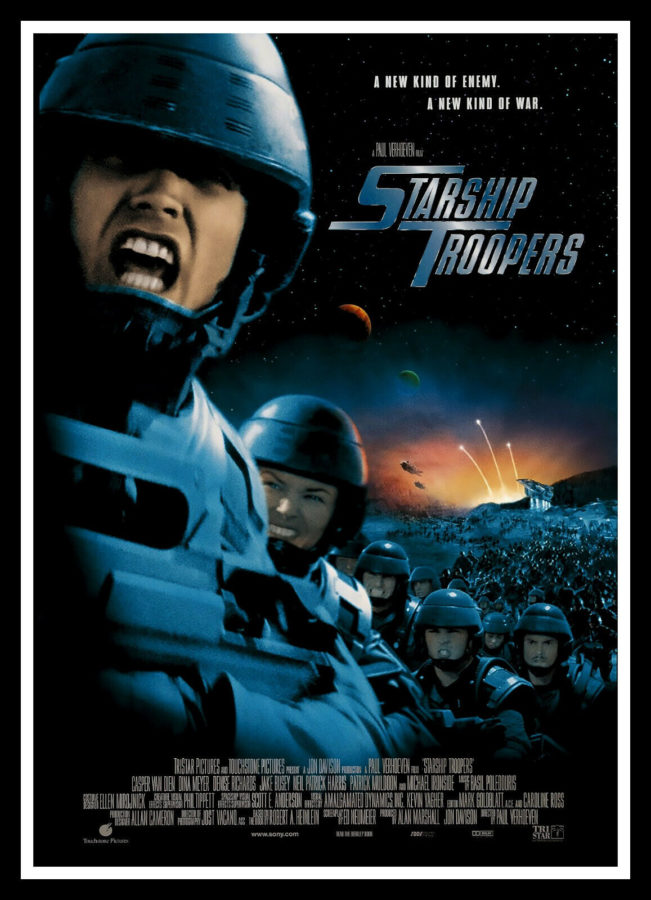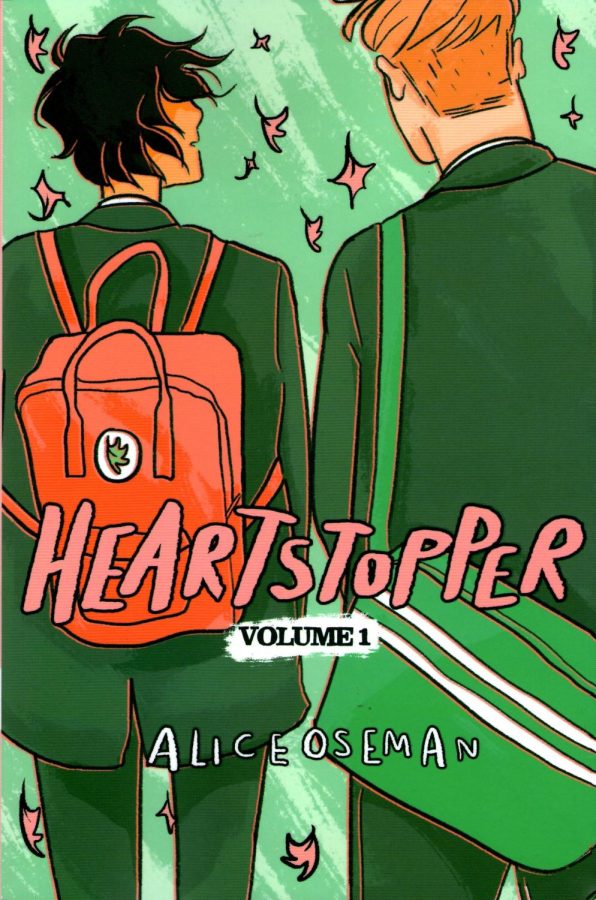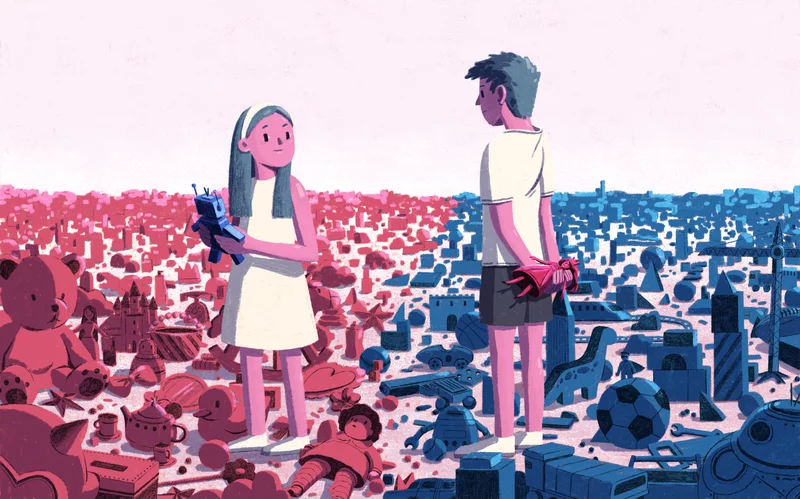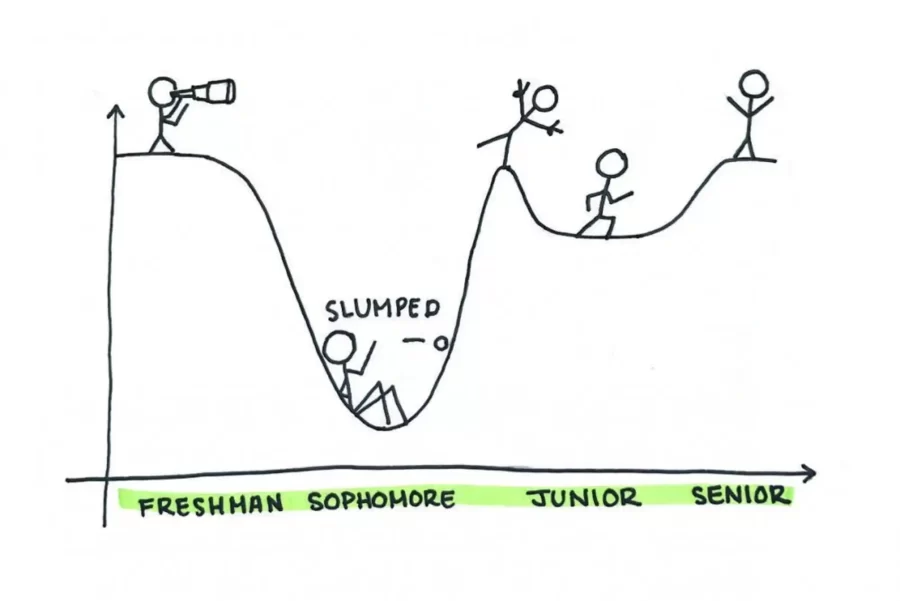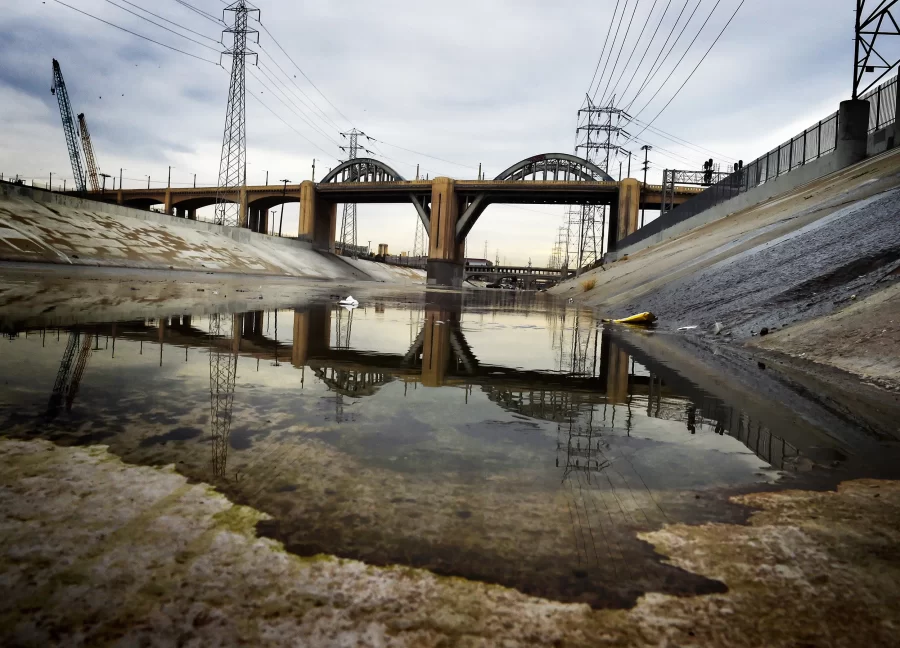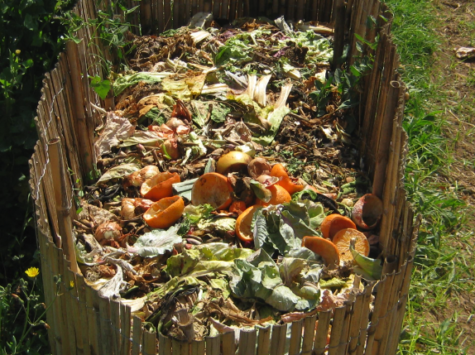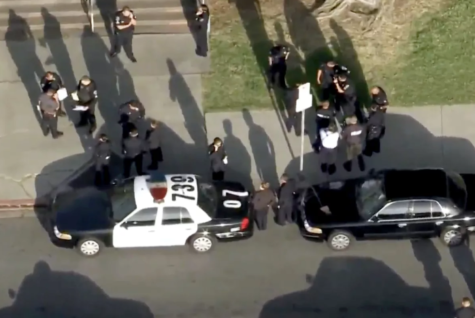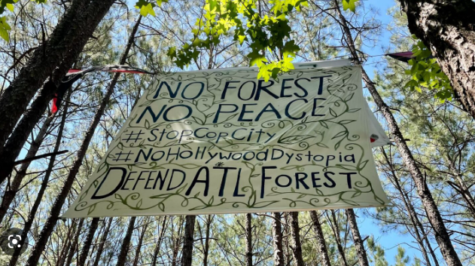Rain Rain Go Away: California’s Drought is STILL Not Over
A string of seven atmospheric rivers emptied a late Christmas gift in drought-ridden, unprepared California over the last few weeks. The storms were so severe they eventually pushed the White House to authorize relief from the Federal Emergency Management Agency (FEMA). On January 8, after pouring a record-breaking 5.64 inches into San Francisco in a 24-hour window, it was deemed “the second wettest day in the 170+ years of records at that site,” according to the weather service. A similar deluge flooded Santa Cruz with a whopping 10 inches in 24 hours. Infrastructure was damaged across the board, from minor leaks in homes unprepared for the rain to people trapped in the flooding to the closure of both sides of the 101 for hours.
The freak storms were caused by a weather phenomenon known as atmospheric rivers. Clouds carrying enormous quantities of rainwater form “rivers” (think of a stormcloud jetstream), with more water capacity than that of the vanilla raincloud. They are hardly ever temperate, causing miserably heavy downpours, flooding, mudslides, and, of course, a hefty bill in property damage. Atmospheric rivers are also known to cause the odd “bomb cyclone.” Just as bad as they sound, bomb cyclones are tornadoes that form in rain-bearing clouds, causing pelting rain, high winds, and evacuations within hours, like squalls. As climate change progresses, Reuters predicts the rivers will only get wider, causing more rain, more destruction, and more loss of life in a shorter and shorter timeframe.
Ironically, the Metropolitan Water District of Southern California declared a drought emergency on December 14, just three weeks before the atmospheric rivers made landfall. Mother Nature delivered, with tempests causing substantial flooding, sinking, and the eventual closing of the 101 after flooding the neighboring Uvas Reservoir. The storms dropped 20 trillion gallons of rainfall across California. Rivers and creeks everywhere swelled, causing evacuations throughout Santa Cruz county. The San Lorenzo river broke 8 feet, well above flood stage. And yet, somehow, despite the biblical downpour, California remained in both a flood emergency and a drought emergency. Incredibly, those 20 trillion gallons only managed to fill the two largest reservoirs, Shasta and Oroville, to 42% and 47%, respectively.
California has been in and out of drought since 1918. A study published in a 2021 edition of Nature suggested that the last two decades have been the driest period for North America’s southwestern region in the last 1,200 years. This caused a perfect storm: California, horribly dry, its only rainwater-capture systems a series of concrete canals, would surely, then, feel some relief from its spiraling water emergency. But the recent string of storms hardly got close to the Colorado River basin, keeping river levels as they were and 40 million people in seven states in chronic drought.
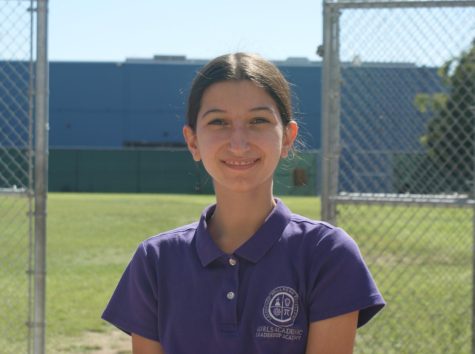
Anahita L. is a junior at Girls Academic Leadership Academy, and this is her first year working on The Echo. She edits the podcasts produced by The Echo....
